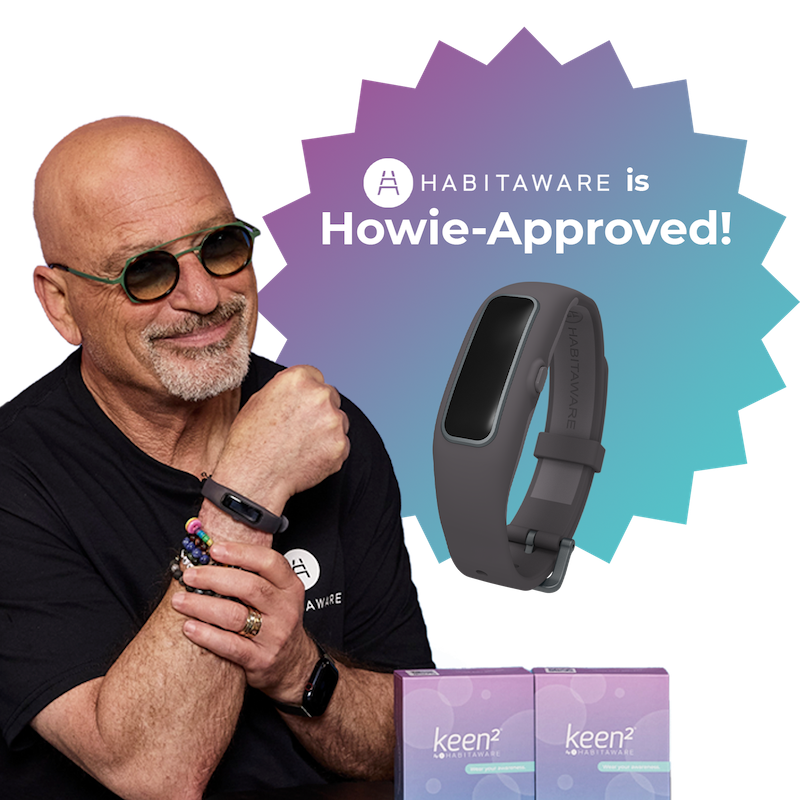Notice it’s not “New Year, New You.” We aren’t wiping the slate clean. We aren’t starting from scratch. You are who you are and if you’re here, you have one desire: to take what you have and make it better. To Improve You.
But, where is the room for improvement, if you are already perfect? Well, that’s the first situation we’re going to help you improve upon.
How to tell if you have perfectionist tendencies:
Research has shown that folks with body focused repetitive behaviors (for example, chronic hair pulling – trichotillomania, skin picking – dermatillomania or nail biting) maybe perfectionistic, meaning that they are unable to relax and to perform task at a ‘normal’ pace. They are therefore prone to frustration, impatience, and dissatisfaction when they do not reach their goals. They also experience greater levels of boredom.”
Ask yourself:
- Do you have an all or nothing mentality?
- Do you have an intense fear of failure?
- Is this song your internal dialogue?:
If YES, then before you can IMPROVE, you need to FIRST BREAK-FREE FROM PERFECTION.
What is Perfectionism?
Perfectionism is the un-ending struggle for order and control. The opposite of perfection isn’t chaos, it’s more of a “go with the flow” attitude.
To explain perfectionism, here’s a chart that shows the mindset of a someone with perfectionist tendencies and the mindset of someone who isn’t a perfectionist, but rather an optimalist.
Perfectionists…
- are goal oriented and ambitious
- have an “all or nothing” mentality
- fear failure
- focus on the end results
- are rigid/fixed
- want to have it all / need control
- play it safe
- are idealistic
Optimalists…
- are goal oriented and ambitious
- can “go with the flow”
- embrace failure
- focus on the journey
- are flexible
- content with “good enough”
- take risks
- are realistic

How to Embrace IMperfectION?
Perfectionists make choices that avoid disappointment and maintain control of situations.
“Perfectionism is an attitude, and attitudes can be adjusted!”
They often procrastinate or over think the HOW of getting things done – agonizing over the method to ensure something is done in the best way possible, as well as agonizing over the end result.
But all of this can change. Even a die-hard perfectionist can adopt a new perspective and identify and change problematic behavior with practice.
- You can learn to be more realistic.
- You can learn to accept failure.
- You can learn to take risks.
- You can learn to be kinder to yourself.
Here are three ways to evolve from a perfectionist to an optimalist:
- Adopt a new perspective
- Practice accepting failure
How to adopt an optimalistic perspective:
To shift from a perfectionist to an optimalist will take time, awareness and mindful practice.
< HabitAware Reviews: See how people are building awareness with our Keen smart bracelet >
One thing to start with is goal-setting. Rather than a single, lofty goal, say “I am going to stop pulling out my hair completely,” try instead to break that down into achievable and realistic mini-goals.
This is also why so many New Years Resolutions fail – they focus on the single outcome rather than “concrete, measurable, AND time-oriented action steps.”
< Set a goal to build “Keen” Awareness: Order your smart habit tracker today! >
Changing an idealistic resolution of “I want to stop picking in 2018” to a realistic goal of “I am going to set a timer while I am in the bathroom and I will cut one minute off my picking time each day for the next two weeks, so it’s only 5 minutes.”
See? This goal is:
- concrete – I know exactly the step I will take
- measurable – I can measure the length of time in the bathroom
- time-oriented – I’m giving my self two weeks
How to accept failure:
“Instead of thinking of it as failing, think of it as FALLING. Then get back up, dust yourself off and try again.”
Another way to adopt an optimalistic attitude is to practice being content with “good enough,” or even one step further, to practice accepting failure.
While it may seem that perfectionists can never fail, it’s quite the opposite. Failure paralyzes a perfectionist. For non-perfectionists, failing is more like falling: they get up, dust themselves off and try again.
Failure is a key part of learning and growing. Mistakes make us human. Mistakes matter.
So my challenge to you: accept your failure. If your goal is to stop pulling in 2018, and by today, Day 3 of 2018, you pulled, ACCEPT it.
Easier said than done, right? I know. Here’s how you can try:
First. Get up. Yes. Right now. Walk to your nearest mirror. Look yourself in the eye. Take a deep breath and say “{{Your name here}}, it is OK that you pulled your hair. You are human. Humans are not perfect. Humans make mistakes. I love you.”
Next. Grab a note book and WRITE DOWN why you think you failed. This is not an exercise is being mean to yourself. This is meant to be an objective review of what went wrong. Because if you are aware of what went wrong, then you can be sure not to do it again.
Finally. Go back and set a more attainable goal, using the tips on how to adopt an optimalistic perspective.
Repeat the above for as long as needed. Just as with hair pulling or skin picking, you aren’t going to reverse years of perfectionism in just one blog post. This is one of those “it’s a marathon, not a sprint” type exercises.
Once you’ve gotten closer to breaking-free from perfection and recognizing your need to improve, you are well on your way to making it happen!
By learning how to move away from perfectionistic tendencies, you can actually learn to take control and stop hair pulling, stop nail biting or stop skin picking.
Next week, we’ll share tips on how to change your mindset so you can set your mind for success.
To get notified when these valuable tips come out, sign up for our newsletter.
Happy New Year. Here’s To an Improved (& Imprefect) You!
Love, strength + awareness,
Aneela


